Will Asteroid DESTROY Earth in 2038? | The End of the World 🌍

Asteroids have long captivated our imagination, often appearing in science fiction and disaster films. However, recent discussions about potential asteroid impacts, particularly the looming threat of Apophis, have ignited concern and curiosity. In this blog, we will delve into the nature of asteroids, the risks they pose to Earth, and the measures taken by space agencies to mitigate these dangers.
Understanding Asteroids and Their Risks 🌌
Asteroids, often referred to as planetoids, are massive rocky bodies in space that orbit the Sun. Their sizes can vary dramatically, from as small as 10 meters to as large as hundreds of kilometers. The smallest known asteroid measures just 2 meters, while the largest, Ceres, has a diameter of approximately 940 kilometers.
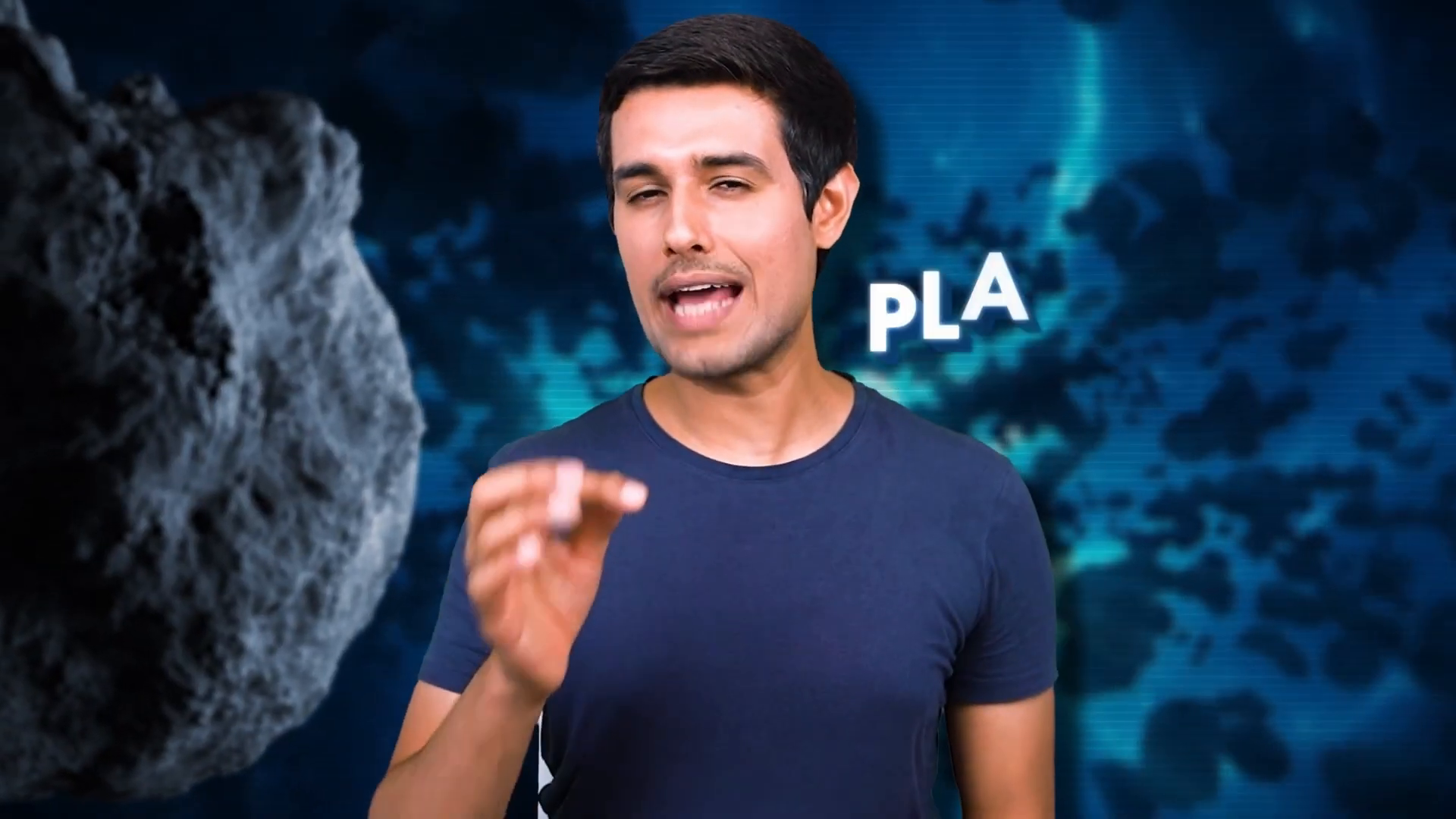
Most asteroids reside in the Asteroid Belt, located between Mars and Jupiter, which contains millions of these celestial objects. While they may appear clustered together in diagrams, the reality is that the average distance between asteroids in this belt exceeds a million kilometers.
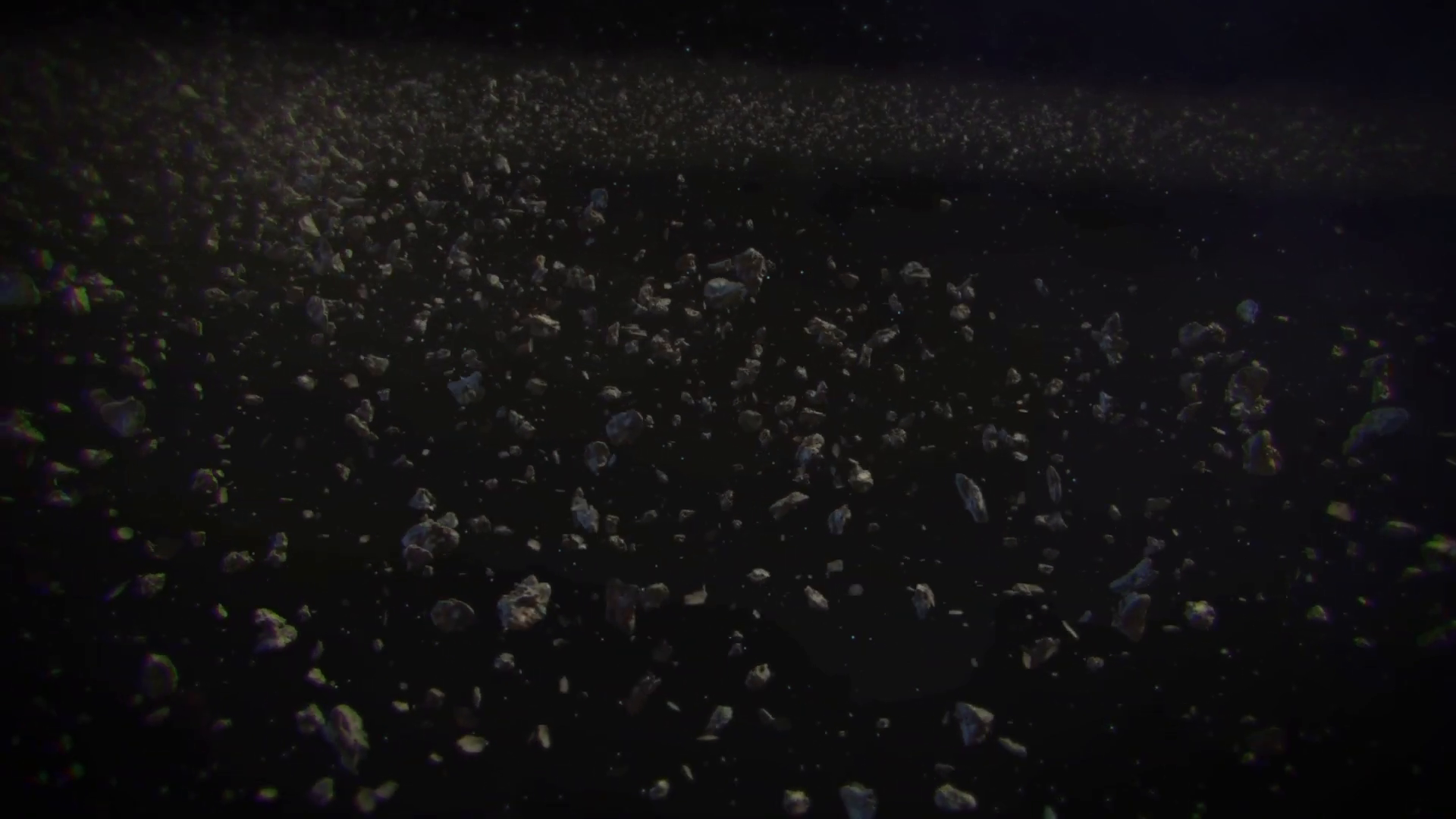
However, some asteroids can drift from this belt and come dangerously close to Earth, classified as Near-Earth Objects (NEOs). NEOs encompass not only asteroids but also comets, meteors, meteorites, and meteoroids, all of which are essentially pieces of rock traveling through space.
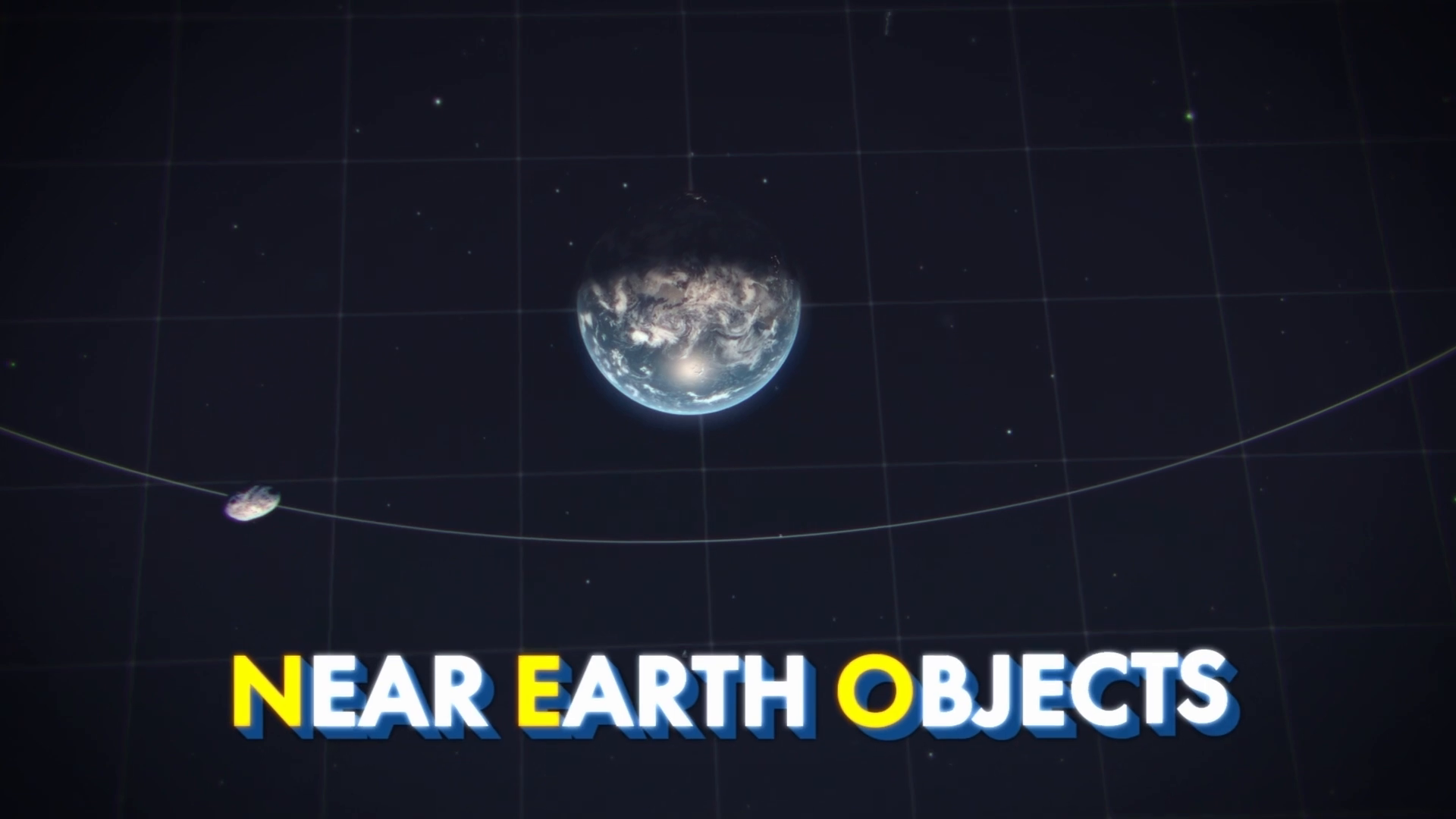
Understanding the differences between these objects is crucial. Asteroids are primarily composed of rock and metal, while comets are made of ice, dust, and rock, often exhibiting a tail when they approach the Sun. In terms of danger, comets pose a greater threat than asteroids due to their higher speeds and shorter warning times before potential collisions.
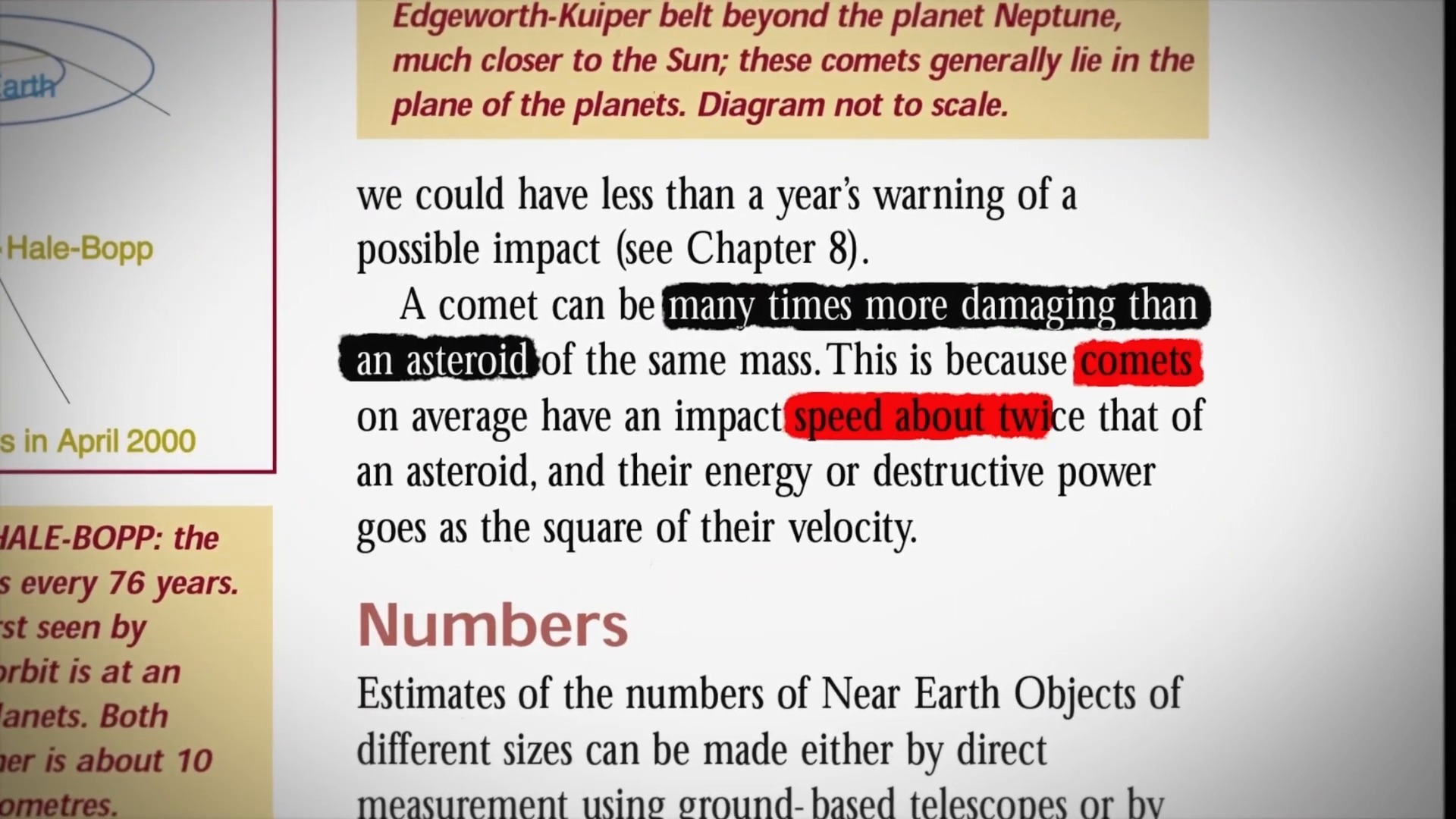
While meteoroids are small fragments of asteroids or comets, they become meteors as they enter Earth's atmosphere and burn up, creating what we often refer to as shooting stars. If they survive this descent and land on Earth, they are known as meteorites.

The Threat of Asteroid Impacts 🌠
The potential for asteroid impacts is not unfounded. The extinction of the dinosaurs 66 million years ago serves as a stark reminder of the catastrophic consequences such events can have. This concern is validated by recent reports of asteroids like Apophis and predictions of future collisions.

Recent headlines have suggested a 72% chance of an asteroid collision in July 2038, causing panic among the public. However, it is essential to discern fact from fiction. The alarming news surrounding this asteroid is largely exaggerated.

NASA's recent exercise simulated a hypothetical scenario to assess preparedness for a potential asteroid collision. The 72% figure stems from this exercise, not from an actual prediction of an asteroid's path. It is crucial to rely on credible news sources instead of sensationalized headlines.
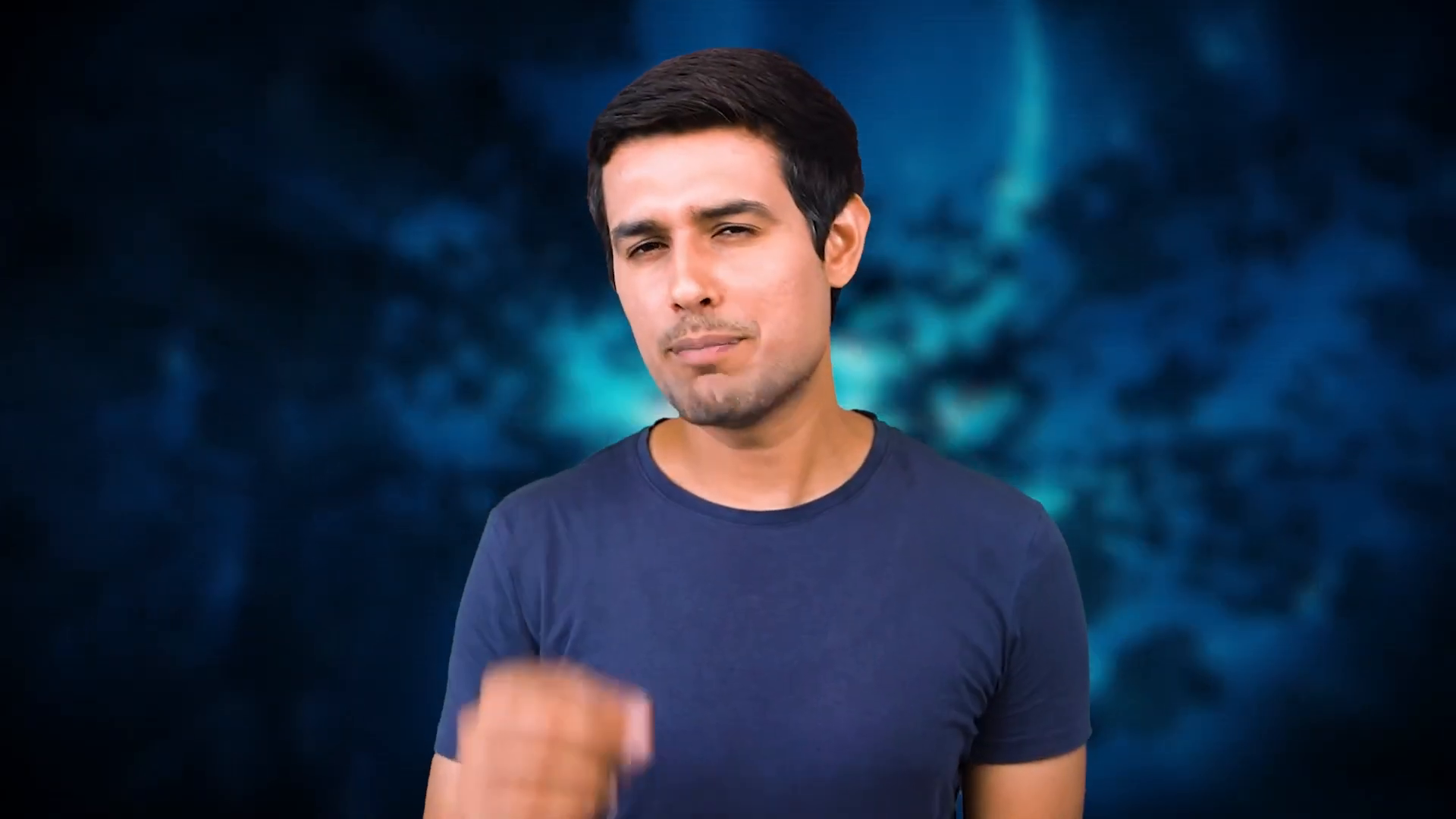
The Reality of Apophis 🌌
Apophis, a significant asteroid measuring over 1,000 feet in diameter, is set to pass close to Earth on April 13, 2029. Initial observations raised concerns about a 2.7% chance of collision, leading to its ominous nickname, the City Killer. However, further analysis has confirmed that the actual probability of a collision is zero percent.
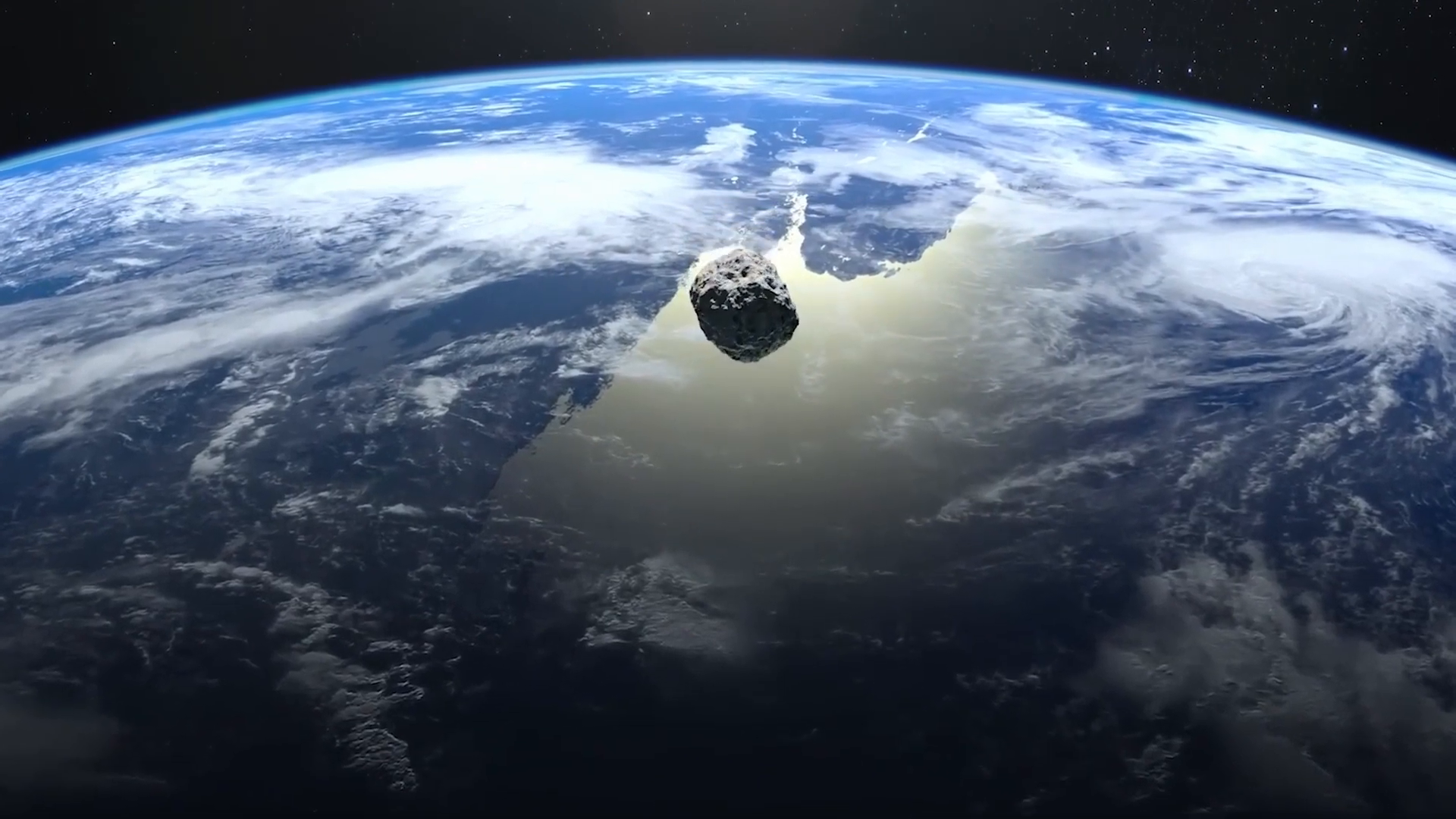
While Apophis will pass within 30,000 kilometers of Earth—closer than many geostationary satellites—it poses no threat to our planet. NASA has continually monitored this asteroid, confirming its safe trajectory.
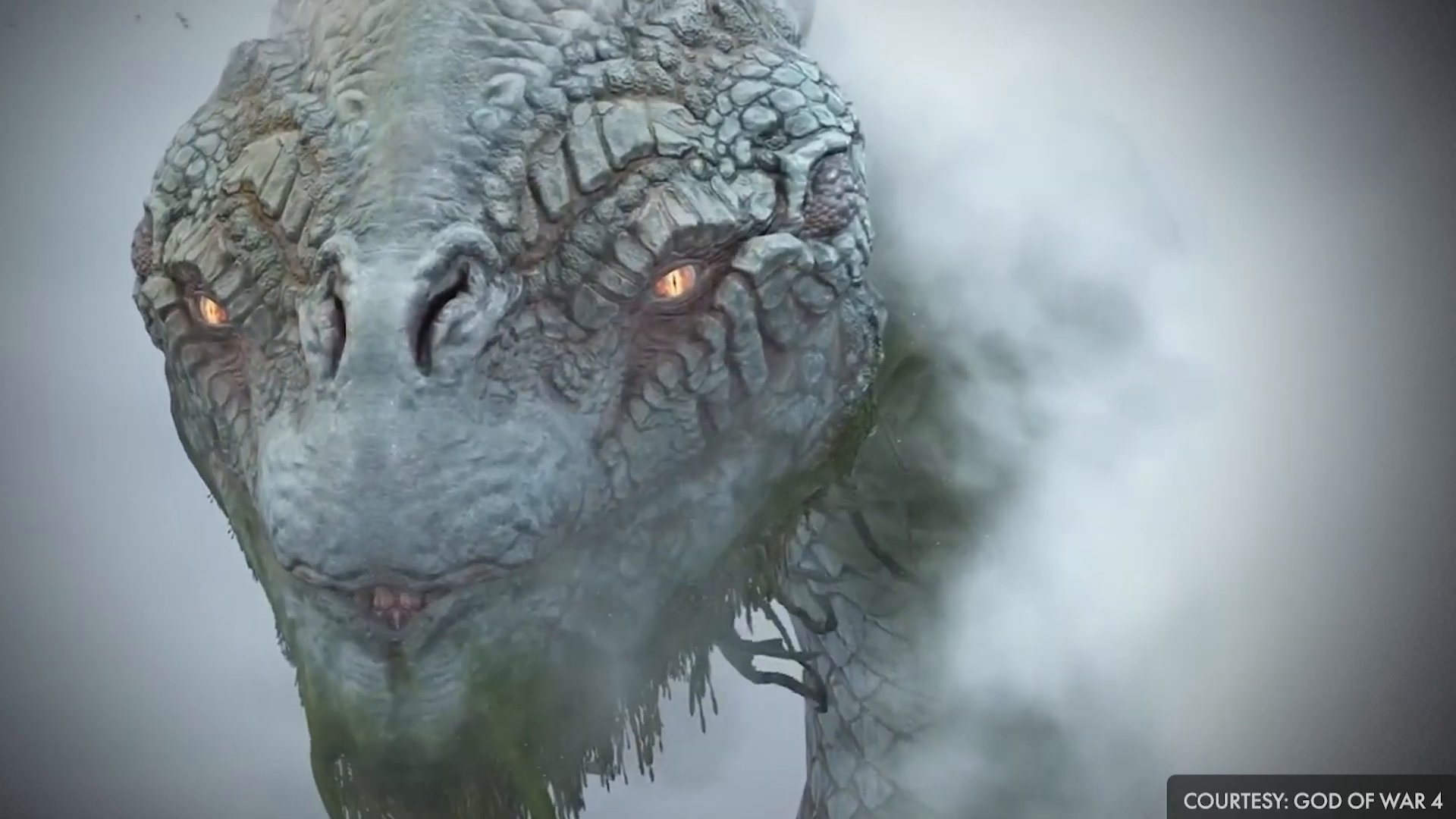
Despite earlier fears that Apophis might alter its orbit and pose future risks, NASA has reassured the public that there is no significant threat for at least the next century. The asteroid has been removed from the risk list of NEOs.
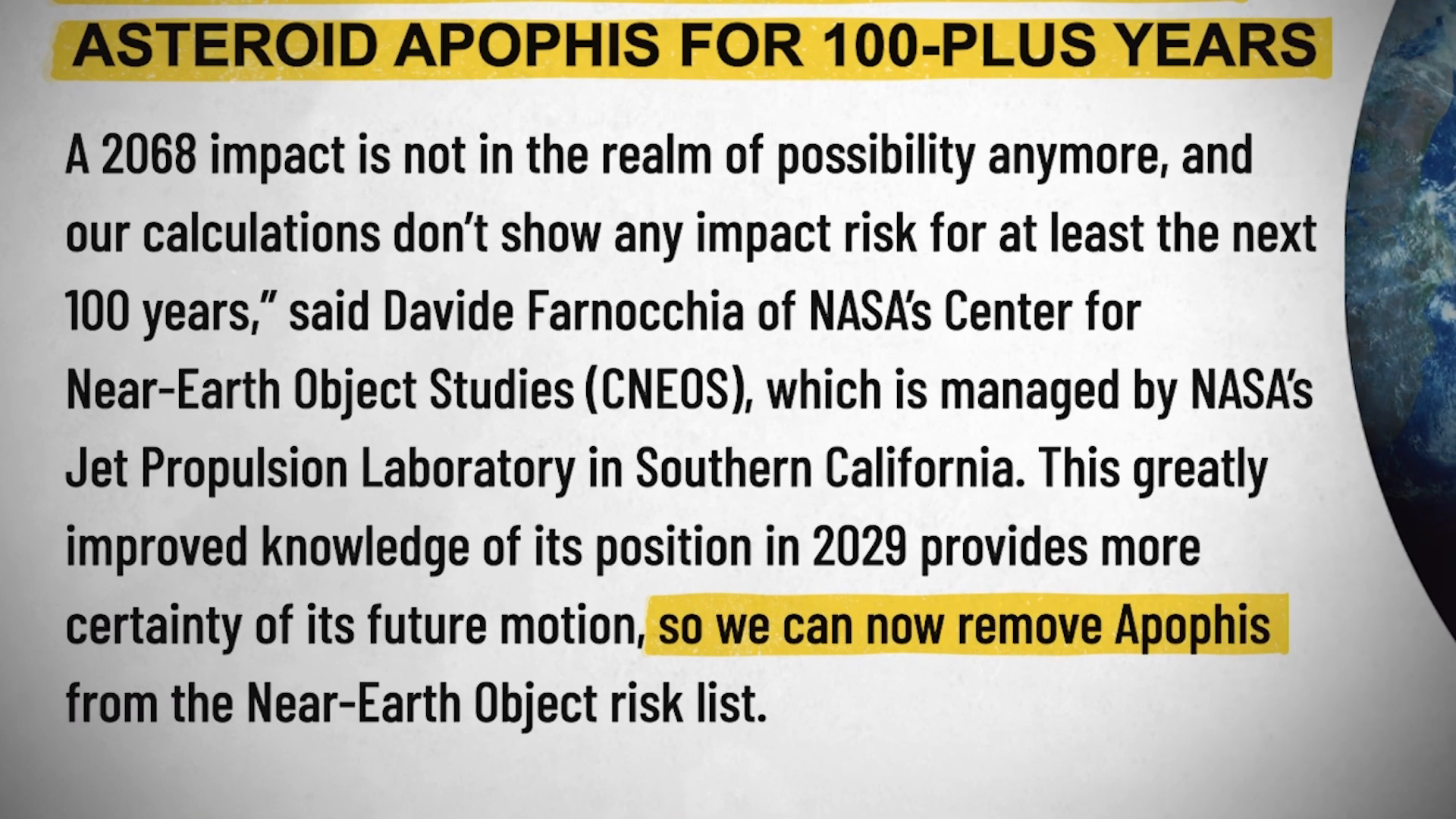
Current Asteroid Risk List 📊
Space agencies maintain a risk list of asteroids that could potentially collide with Earth. For instance, the European Space Agency provides detailed information about possible collisions, including impact dates and probabilities.
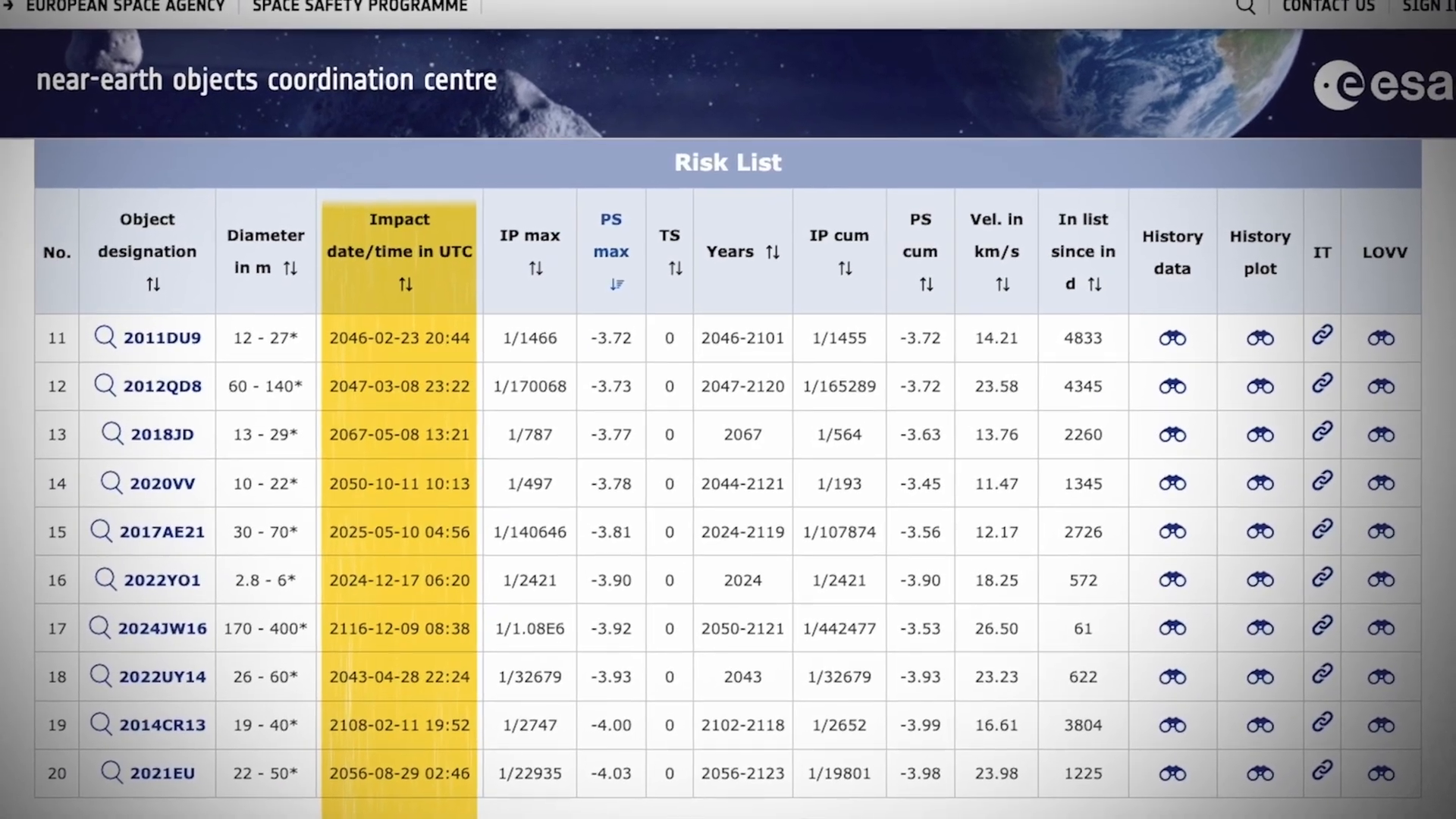
The top three asteroids on the current risk list are:
- 2023VD3: Discovered in 2023, this asteroid has a 0.25% chance of collision on November 8, 2034.
- 1979XB: With a diameter of 400-900 meters, it has a negligible 0.00002% chance of collision on December 12, 2056.
- 2008JL3: Estimated to be 23-50 meters wide, it has a 0.01% chance of impact on May 1, 2027.
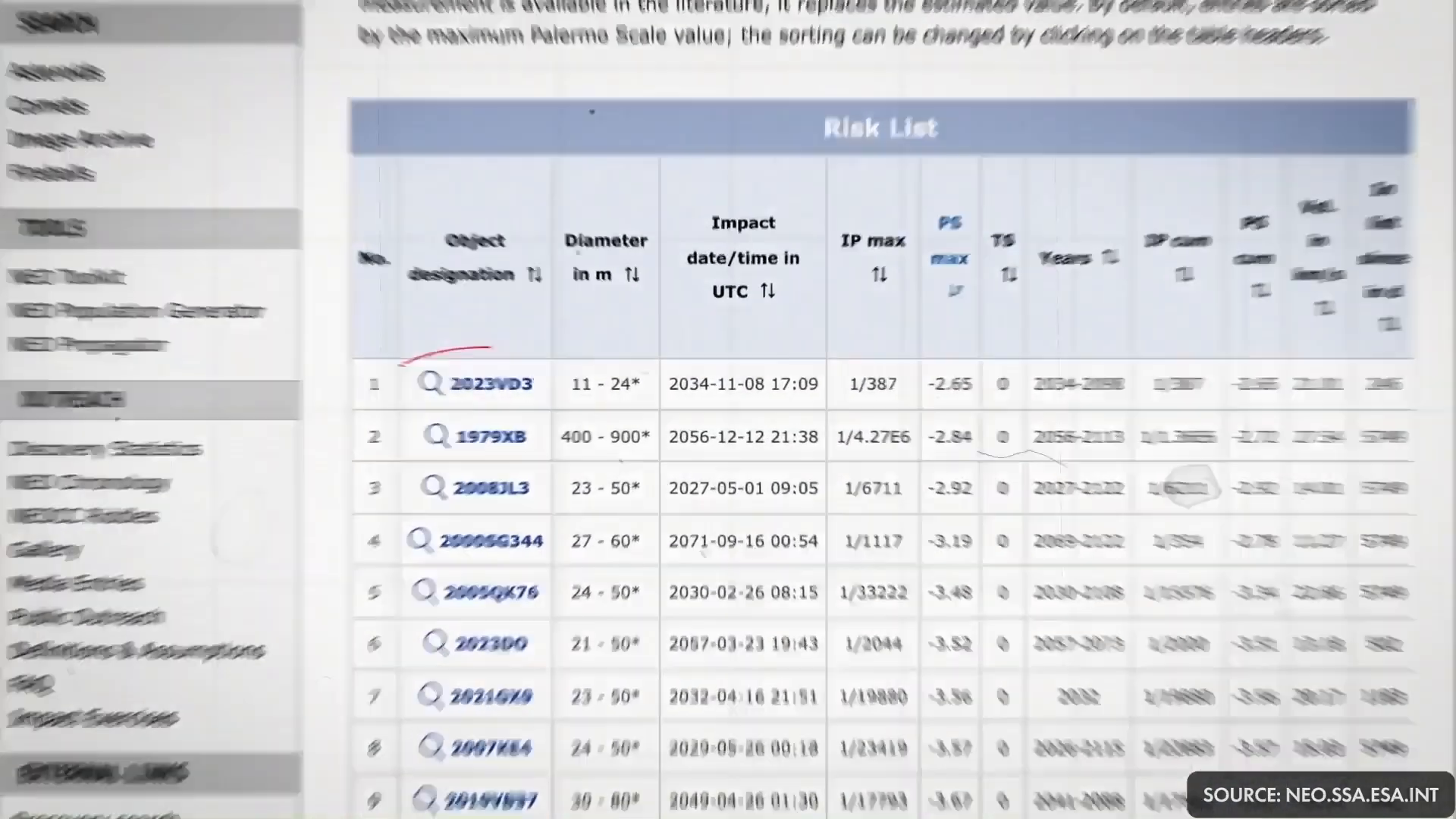
While these figures may sound alarming, the actual risks are minimal. Scientists are continuously working to improve detection and monitoring systems to ensure that even small meteors are tracked effectively.
Detection and Prevention Strategies 🔭
Earth has several detection systems in place to monitor NEOs. Four prominent projects include:
- LINEAR: Lincoln Near-Earth Asteroid Research, discovering over 10,000 objects annually.
- CSS: Catalina Sky Survey, known for its precise measurements and successful predictions.
- PAN-STARRS: Located in Hawaii, using the world's largest digital cameras for detection.
- ATLAS: A final alert system scanning the sky nightly.
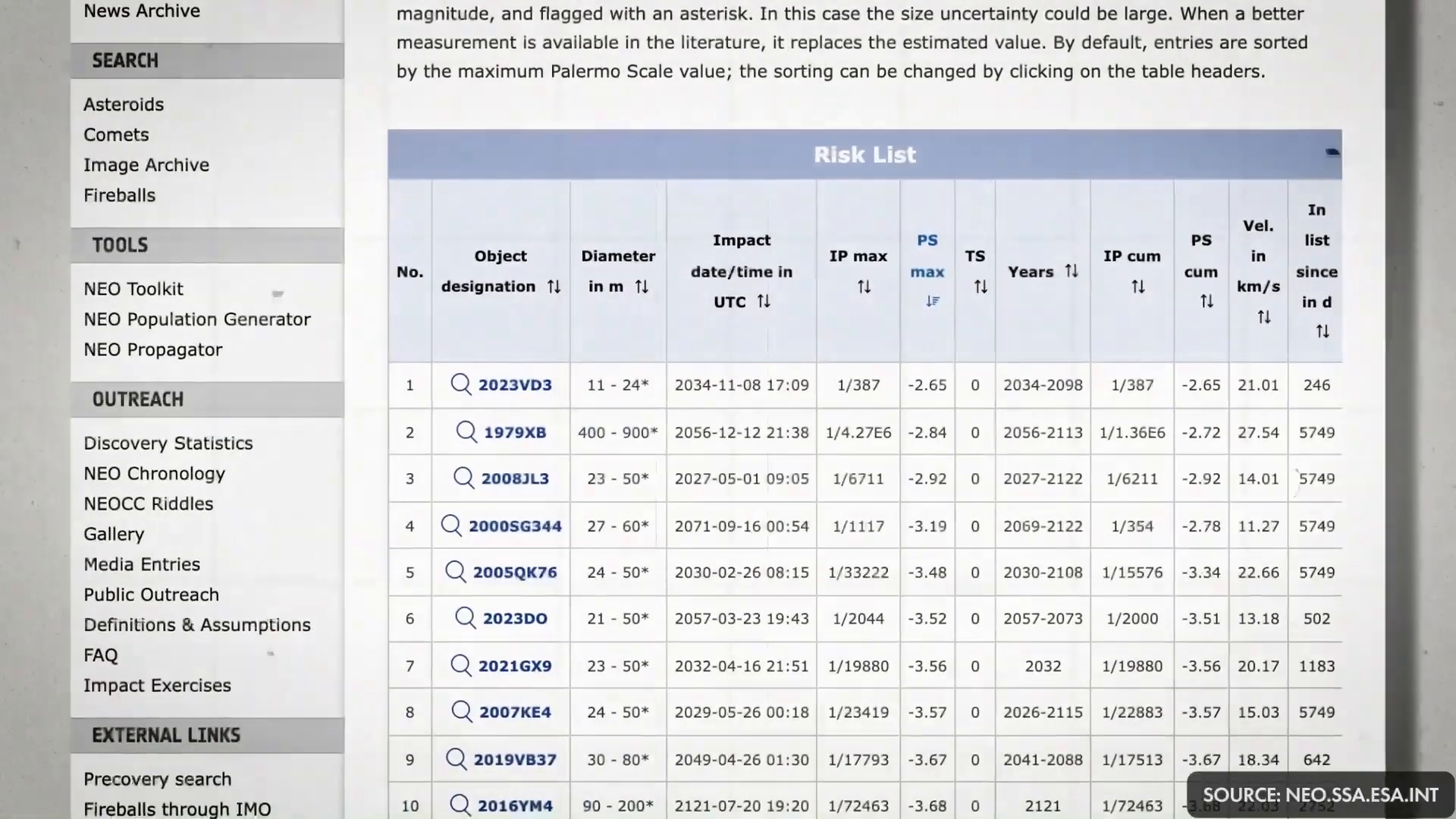
While these systems are effective, they are not foolproof. The Chelyabinsk meteor incident in 2013 demonstrated that some small meteors can go undetected until it is too late. Therefore, civil defense measures are essential for coordinating responses in case of a potential impact.
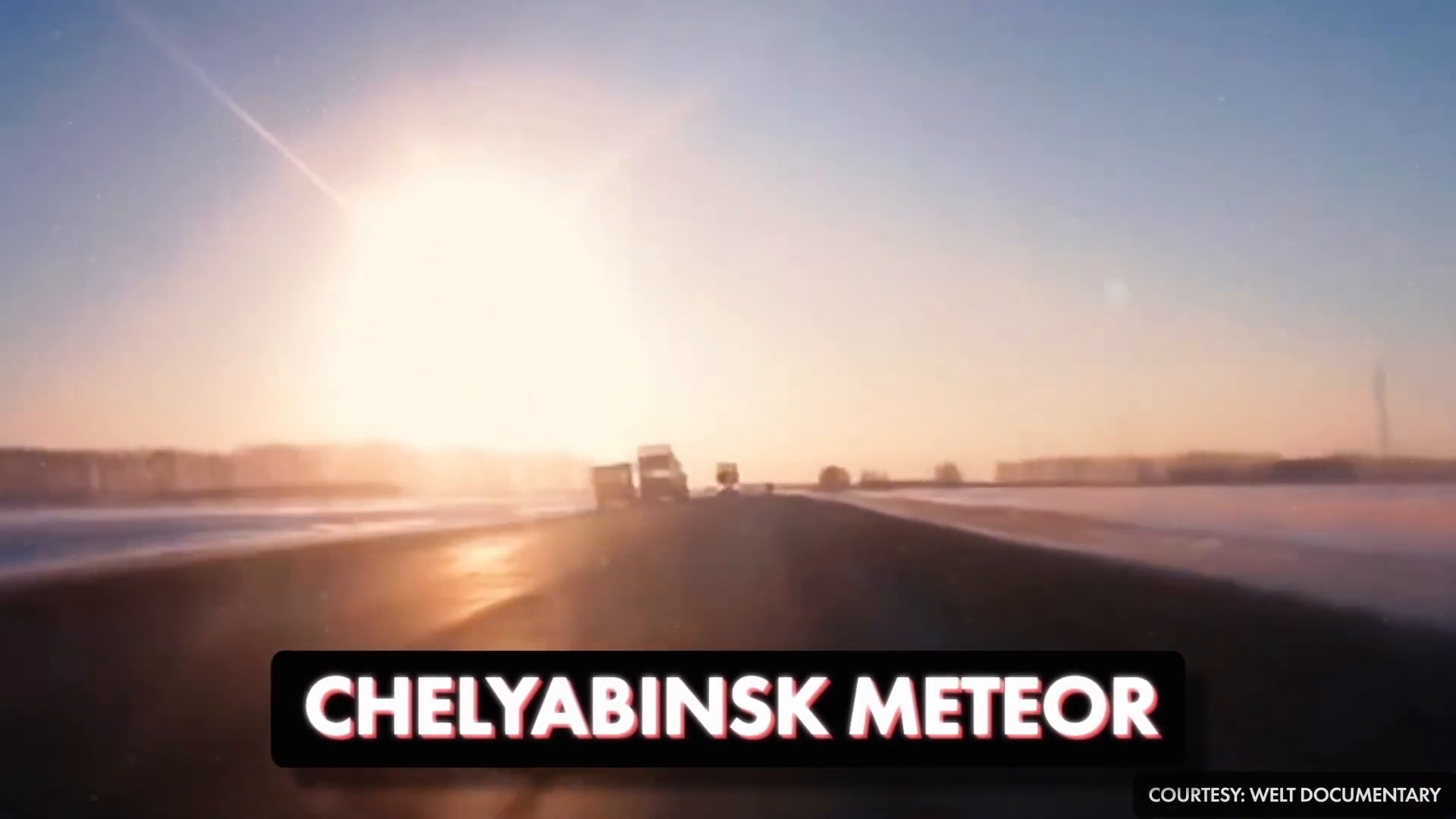
Mitigation Methods for Asteroid Threats 🚀
In the event of a significant asteroid threat, three primary strategies are employed:
- Kinetic Methods: Involves sending a spacecraft to collide with the asteroid, altering its orbit.
- Slow Push and Pull: Utilizes solar energy to gradually change the asteroid's trajectory.
- Nuclear Methods: Theoretical approach involving nuclear explosives to destroy the asteroid, though fraught with geopolitical challenges.

The kinetic method has been successfully tested through NASA's Double Asteroid Redirection Test (DART), demonstrating that we can alter an asteroid's path effectively. Future tests are planned, including one by China's National Space Agency in 2025.
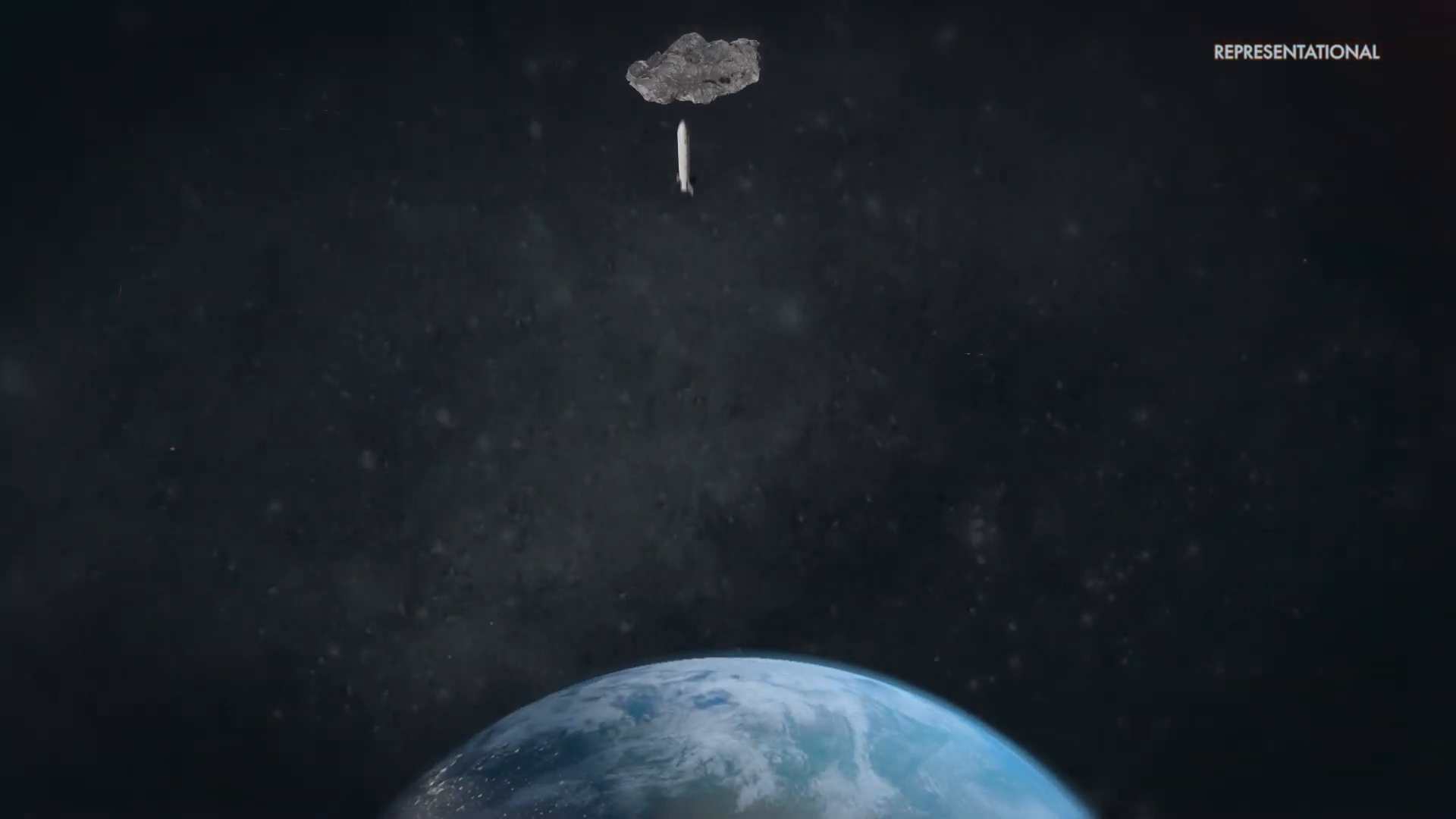
Conclusion: The Future of Planetary Defense 🌏
In summary, while the threat of asteroid impacts is real, current data suggests that there are no significant risks for the next century. Our planetary defense systems continue to evolve, with advancements in detection and mitigation strategies. By staying informed and relying on credible sources, we can prepare for potential threats without succumbing to fear.

For those interested in furthering their understanding of space and planetary science, there are numerous resources available, including courses on data science and astronomy. To explore more about asteroid detection and planetary defense, consider checking out the Scaler Academy, which offers programs designed to enhance your skills in these crucial fields.

Stay curious, stay informed, and remember that the universe is full of wonders waiting to be explored!

0 Comments